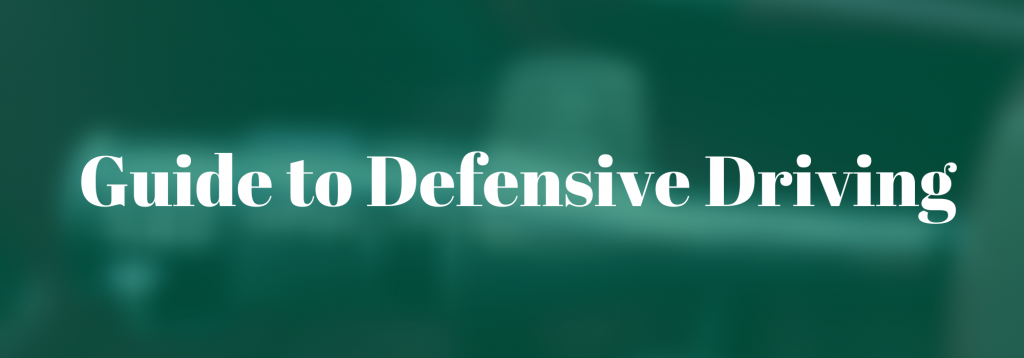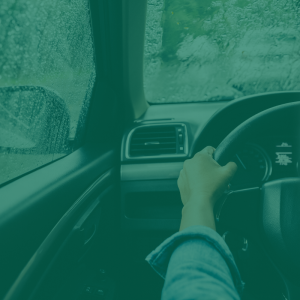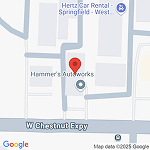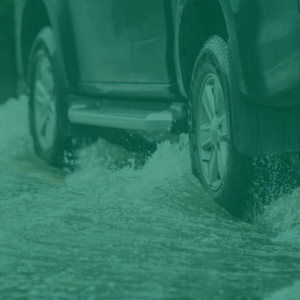
“You’re so defensive,” he said, when she said that thing. In response to that thing he’d said to her before. We know what it is to be defensive in a conversational setting, and we know the relationship carnage that can result if those social rules become violated. But, defensive driving. What does that really mean? Let’s explore.
Defensive Driving. Defined by the American Society of Safety Engineers as “driving to save lives, time, and money, in spite of the conditions around you and the actions of others.” Another organization, the National Safety Council, promotes a defensive driving course based on a goal “to reduce the risk of collision by anticipating dangerous situations, despite adverse conditions or the mistakes of others.”
Both definitions include the actions of ourselves, conditions, and actions of others. One of those things we have some control over, while the other two are completely out of our control. But we can and should anticipate the possibilities to best avoid needing auto body repair. Let’s have a plan! Below are some tried and true defensive driving tips.

We Can Control Ourselves
Be alert and focused on the task of driving. Allow a safe following distance from other vehicles, including avoiding getting boxed in by trucks. Control your vehicle’s speed and pay attention to the road itself, conditions, traffic signs and other vehicles. Consider your position on the road and have a plan in mind should you need to make a change quickly.
We Can Allow For Conditions
Drive appropriately for the weather, and anticipate slippery roads when conditions exist that could cause a deterioration in traction such as rain, ice or even wet leaves or grass clippings. Pull over when visibility becomes poor due to a thunderstorm, hard rain, or fog. And plan ahead to reduce the possibility of surprises along the way such as changing weather, road work or heavy traffic.

We Can Anticipate Behavior of Others
You really can’t anticipate what other drivers might do. You can make a plan for what you’d do if someone else makes an unpredictable move. Scan ahead of where you’re driving, and have an idea of whether it would be safest to react by going to the right or left, or whether you’d be better off speeding up, slowing down or stopping if another driver interfered with your direction of travel.
Another aspect of defensive driving includes yielding to people driving in a way that is illegal, unsafe or just incorrect. Choose to let them go, and keep a safe distance from them. Anticipate when other drivers may not see you, such as when they’re driving heavy equipment or big trucks. Out-of-state license plates could indicate they may not know where they’re going and might make unexpected stops or turns. You can simply yield to them, maybe even enjoy saying “well bless their little hearts” to yourself and continue safely on your way.
If in spite of using all the best defensive driving techniques, you end up needing an auto body shop, please give us a call. Hammer’s Autoworks is in the top 5% of collision repair shops in the nation that meet the stringent requirements to qualify as Certified Collision Care Providers™. Your friends at Hammer’s are ready and extremely well-qualified to get you fixed up and back on the road. As for those conversational defensive moves, yielding might just work there as well!


